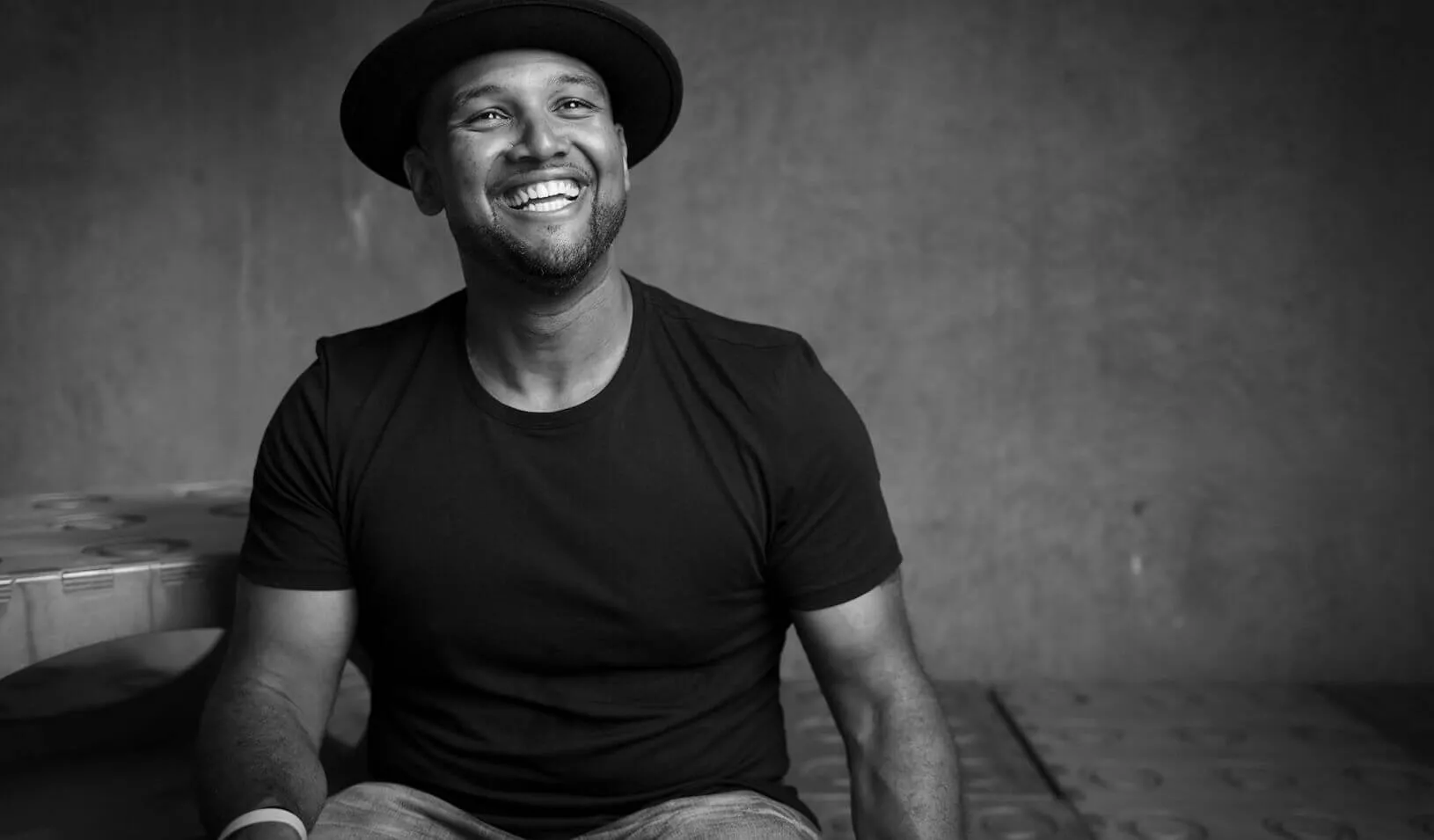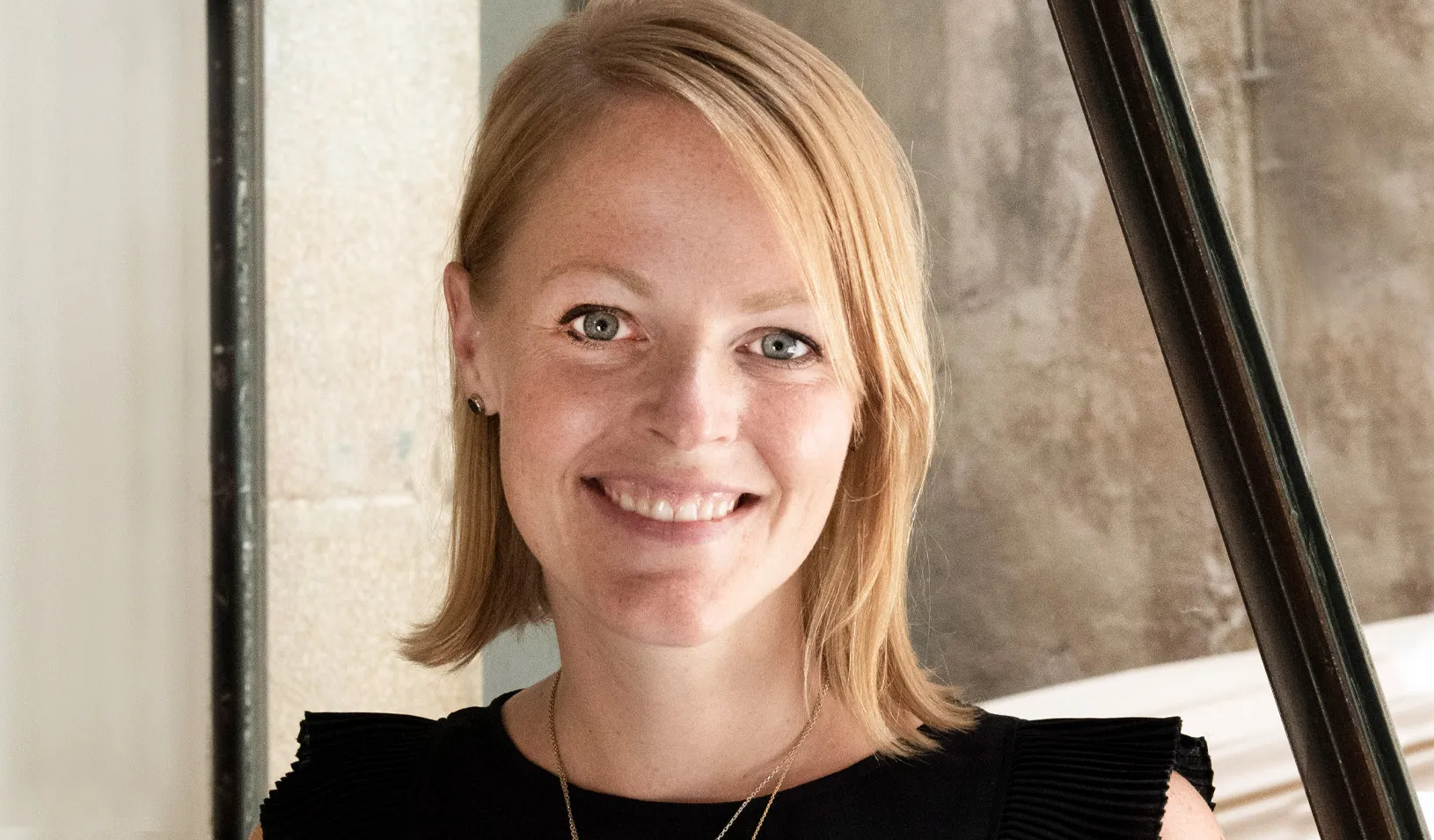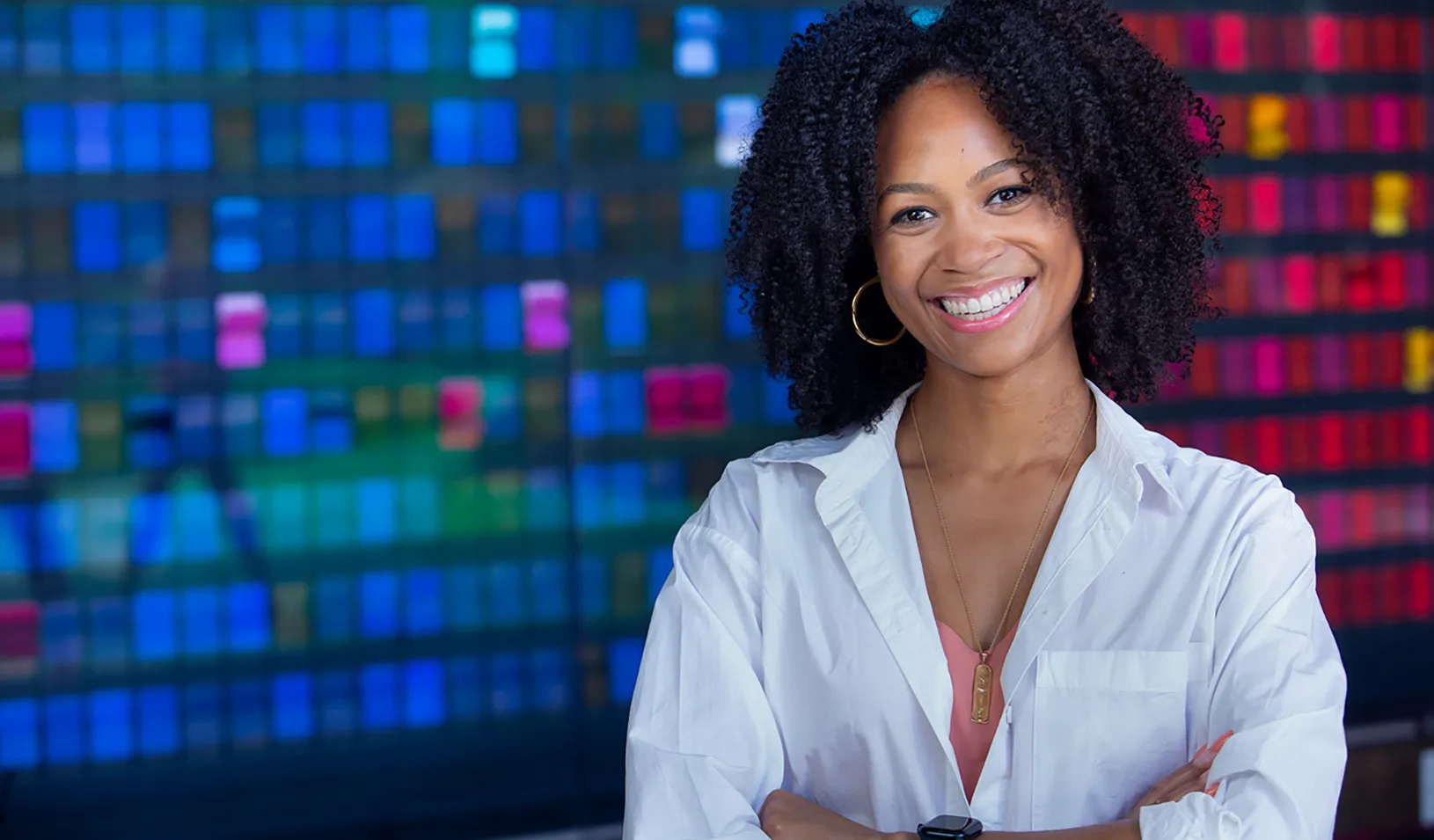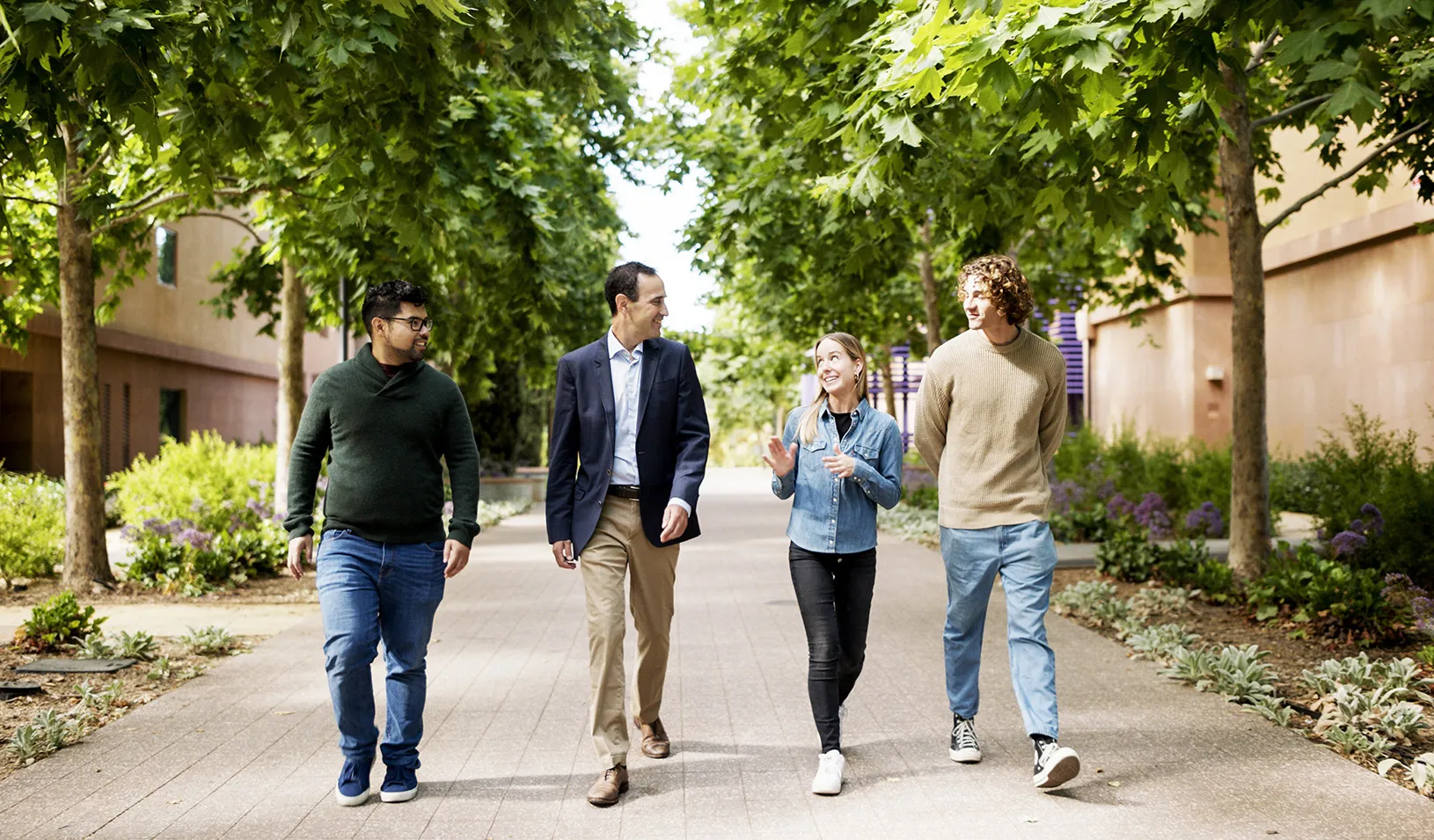Jason Mayden, MS ’11: Scoring Victories With Nike’s Jordan Brand and With Stanford
After fulfilling a childhood dream, a designer learns about vulnerability, confidence, and professional growth once he decides to run with the fast pack.
February 11, 2016
Jason Mayden, Sloan ’11
This series features reflections from our alumni on their school experiences and their aspirations, learnings, challenges, and joys. Here, Jason Mayden tells Stanford GSB’s Allison Rouse about his path from Chicago’s South Side to Palo Alto, where he now works to foster young innovators.
Jayson Mayden grew up in the Roseland area on the South Side of Chicago — Chicago’s Harlem, he calls it. Hyde Park, home to the University of Chicago and the cultural center of the community, is a mere 20-minute ride from his house.
Growing up during the heyday of hometown Bulls basketball star Michael Jordan, Mayden always wanted to design Air Jordan footwear. In fifth grade, since he could not afford a lot of the shoes he wanted, he started drawing models.
“When friends said, ‘I have Air Jordans,’ I would say, ‘I have Air Jordans as well,’ but it would be a sketch. It would be my design, my iteration of the design,” Mayden said.
He sent his drawings to Nike. In return, a company representative sent him catalogs and letters of encouragement. He kept up his correspondence with Nike through high school.
Mayden attended the College for Creative Studies, a private school in Detroit that was among the best schools of design, particularly car design. He had read an article announcing the opening of the Detroit Auto Show, in which a kid named Chee Wei Lee mentioned that he interned at Nike. Inspired by his story, Mayden started to do his research and learned that CCS was one of the top design schools in the world. At that moment, Mayden knew that was where he wanted to go to school. Following in Lee’s footsteps, he applied as a car design major, but once admitted, he created his own major that included courses in biomechanics, kinesiology, physiology, anatomy, and industrial design applied to footwear.
In 2000, while a junior at CCS, Mayden won a car design competition sponsored by French automaker Renault. He was awarded a scholarship to attend Strate School of Design in Paris to study auto design. At the same time, after being denied three times, he received an offer to intern with Nike.
Mayden followed his dream and accepted the internship at Nike. He was the Jordan brand’s first design intern and had the opportunity to meet “Mr. Jordan” the very first week. Between his internship and full-time work, Mayden worked for Nike for 14 years.
I asked Mayden, “Why did you apply to the Stanford MSx Program? You were at the No. 1 sneaker and apparel company. You were working for the No. 1 brand. You were living kind of large, surrounded by a lot of superstars, from the players to other designers. Why did you leave that to come to Stanford?”
Mayden said he applied for two reasons.
“My father sacrificed his chance to attend graduate school to raise three children and work a full-time job,” he said. Mayden wanted to attend graduate school to honor his father and “build on his legacy of excellence.” The second reason was to fight the stereotype that designers are aloof and not able to run businesses and manage organizations toward growth.
Nike had a program that offered full sponsorship to employees admitted to Stanford. In 2010, Mayden applied and was admitted to the Stanford Sloan Class of 2011.
I then asked him, “After looking at two-year MBA programs, why did you choose the Stanford MSx Program?”
“If you want to run, run with people who are faster than you,” he answered. “The people in the Sloan Program were running faster than me. [Sloan Fellows] were seeing things that I never saw; they had experiences I never had. They had conversations that were more realistic to me. They had already managed teams and built businesses.”
Mayden says the program gave him confidence that he never knew he was missing. He adds that he thought his “value” applied only to his particular company, rather than broadly. It was his classmates and the program director who told him his “value could go anywhere.”
While at Stanford, Mayden built a hardware startup focused on muscle myography, measuring the vibrations of small muscle groups to detect when muscles would fail. When the team at Nike heard that he was working on something they had not yet figured out, he was asked to rejoin the company and help pioneer this innovation.
Currently, Mayden works at Accel Partners in Palo Alto and is a lecturer at Stanford’s Hasso Plattner Institute of Design (the d.school). At Accel, Mayden is building a program around the question “Who are the people we should invest in?” rather than “What we should invest in?” He says he is focused on “cultural alchemy.”
“Cultural alchemists are looking for opportunities, not jobs,” Mayden said. His goal is to “be a generator, not an accelerator.” He wants to work with young people and create an experience in which they learn the dynamics of venture capital, what it is like to be a founder, and how to tell their story and sell their vision. He is looking for restless innovators. Mayden understands that young people today are interested in a variety of music genres as well as art, science, engineering, and even fashion. They are building these eclectic passions into their innovations.
Mayden believes that containing these young people and making them pick one thing would hurt their creativity and dampen their impact. “We try to give them a lane where they can flourish and define what they want to be in the world,” he said.
Finally, I asked Mayden, “What would you say is your biggest takeaway from your year at Stanford, or what experience do you most often reflect upon?”
Mayden answered: “To have very seasoned, very-well-off executives saying, as they prepared for an economics exam, ‘I do not know how to do this; I need help,’ reminds me that no matter what level you are in your career, there are always gaps, and there are always opportunities to grow and learn and stretch yourself. If you are willing to be vulnerable, you will be surprised at the growth you get from vulnerability.
“So from that moment, I have made it a personal habit to always let myself be vulnerable, because vulnerability is often authentic. And authenticity goes a long way in a leader, because people see you and realize you are not a robot. To see that vulnerability in my classmates at Stanford was amazing, and it encouraged me to redefine what I wanted to be as a leader and discuss opportunities and gaps with my team as I lead and manage.”
— Allison Rouse, associate director, Stanford MSx Program
For media inquiries, visit the Newsroom.
Explore More
Erin Nixon Joins Stanford GSB as Assistant Dean of Admissions

Nia Rose Froome, MBA ’23: Making Local, Fresh Food Available for All

New Research Fund Promotes Responsible Leadership for the Next Century
